
FERNANDINA ISLAND
Ready for your adventure?
Dive into nature with us and see what makes these islands unique.
Tap below to get started!
VISITOR SITES
Espinosa Point
Espinosa Point is the only spot that we visit on Fernandina, and from it, we can see the island of Isabela across the Bolívar Channel, an area that boasts some of the highest diversity of endemic sea fauna in the Galapagos.
Technically, it is rich in “marine upwelling”, which directly or indirectly affects the entire food chain, bringing a wealth of wildlife to this particular western zone of the archipelago. The upwelling occurs when the cold waters of the Cromwell Current, laden with nutrients, meets the island. This brings large amounts of plankton to the surface providing a wealth of food where a variety of species can take advantage of.

- Disembarking: Dry.
- Type of Terrain: Petrified Lava Rocky.
- Difficulty: Medium.
- Activities: 1 hour 45 min hike / 25 min glass-bottom boat / 45 min deep snorkeling.
- Highlights: This is one of the most pristine islands in the world, with none of man’s introduced species to date. The flat jet-black lava of Espinosa Point is a defining feature of its stark and barren landscape. It is also home to the largest colony of the endemic marine iguanas. Other features are lava cacti, black, white and red mangrove, Sally light-footed crabs, Galapagos hawks, and sea turtles. Moreover, the famous flightless cormorant inhabits this island.
Wildlife by visitor site
FLIGHTLESS CORMORANT
GALAPAGOS PENGUIN
Gallery


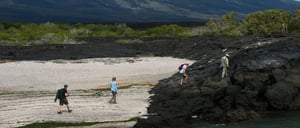
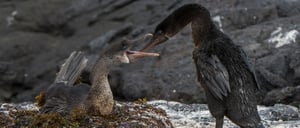
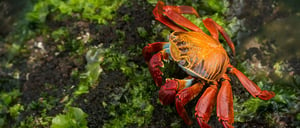

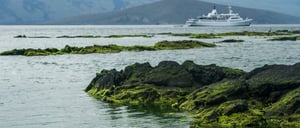
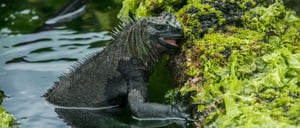
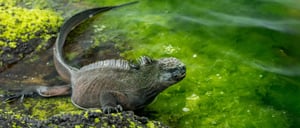
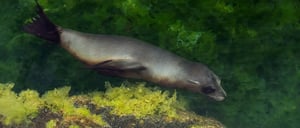
Suggested items
SNORKELING
Location map
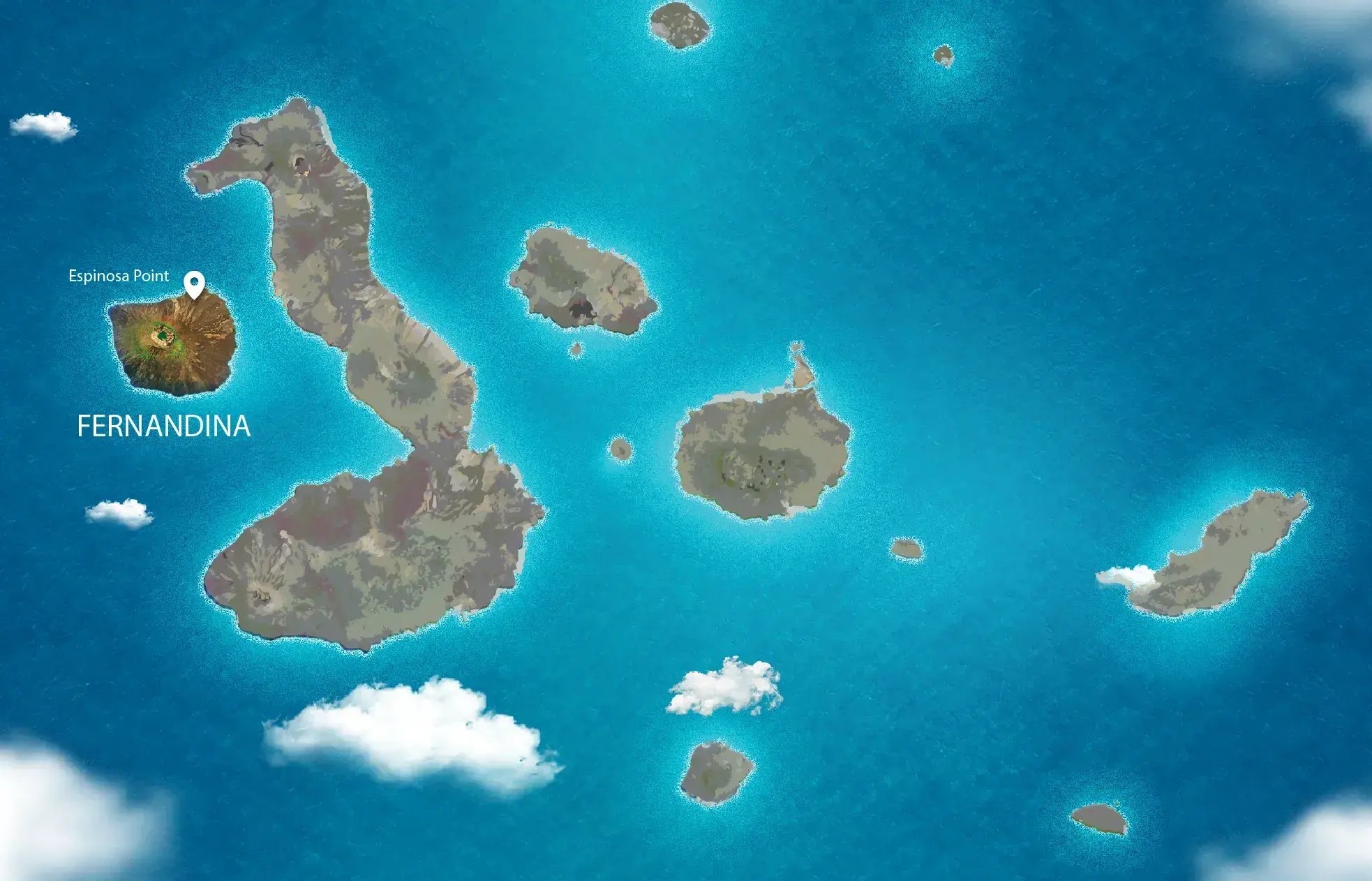
CHARLES DARWIN JOURNEY
This is the first Island visited by Charles Darwin, and his first impression of the dry coast he saw was of a deserted and isolated place. He did not find the tropical richness he expected, but he had the chance to collect the first specie that later on would be the start of his Theory of Evolution, the San Cristobal Mockingbird.